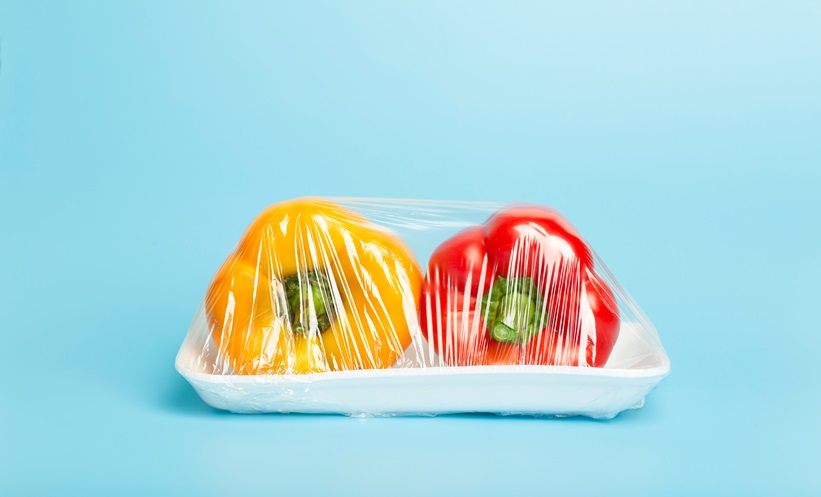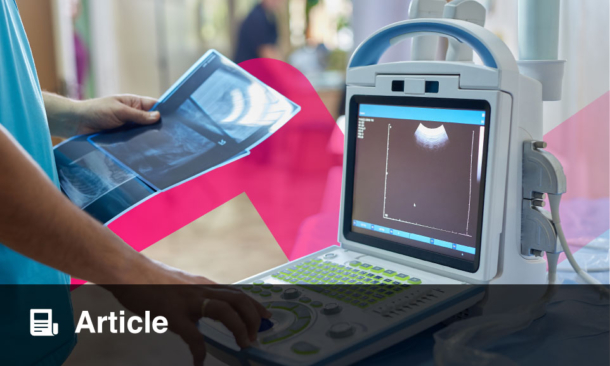A MAJOR randomised trial has shown that providing financial subsidies for healthy foods produces better blood pressure control than pre-packed food boxes, unlocking new potential for improving outcomes through an effective blood pressure diet.
Tackling Food Insecurity and Hypertension
Food insecurity remains closely linked to suboptimal blood pressure outcomes. Understanding how best to design interventions that address both nutrition and affordability is essential. Researchers in North Carolina tested different approaches to identify which combination would form the most beneficial blood pressure diet, comparing subsidy-based support, lifestyle counselling and intervention duration. Previous community-level programmes addressing hypertension have often struggled to sustain participation, highlighting the need for convenient, cost-sensitive models that fit within routine care. The new study was designed to bridge that gap by delivering flexible, evidence-driven strategies for improving dietary access and cardiovascular outcomes.
Food Subsidy Shows Clear Cardiovascular Advantages
The factorial randomised clinical trial involved 458 adults with hypertension (mean age 49.7 years, 75.3% female) across 364 clinical sites. Participants were randomly assigned to receive either a healthy food subsidy redeemable at grocery stores or a biweekly delivered food box, with or without lifestyle counselling, for either 6 or 12 months.
At the 6‑month primary time point, the subsidy group achieved lower systolic blood pressure (132.8 mm Hg vs 135.3 mm Hg; difference −2.5 mm Hg; 95% CI −4.1 to −0.9; P = .003) and lower diastolic pressure (80.5 mm Hg vs 82.1 mm Hg; difference −1.5 mm Hg; 95% CI −2.5 to −0.6). This advantage persisted to 18 months. Lifestyle counselling and longer intervention duration did not significantly affect results. Food security improved from baseline in all groups, though without significant differences between them.
Future Directions for Blood Pressure Diets
These findings position the food subsidy model as the leading practical component of a sustainable blood pressure diet. Integrating accessible, nutritious food choices into clinical management could enhance hypertension control without requiring additional counselling or extended programmes, offering a scalable approach to reducing cardiovascular risk in vulnerable populations.
Reference
Berkowitz SA et al. Food insecurity interventions to improve blood pressure: the healthy food first factorial randomized clinical trial. JAMA Intern Med. 2025;DOI:10.1001/jamainternmed.2025.5287.








